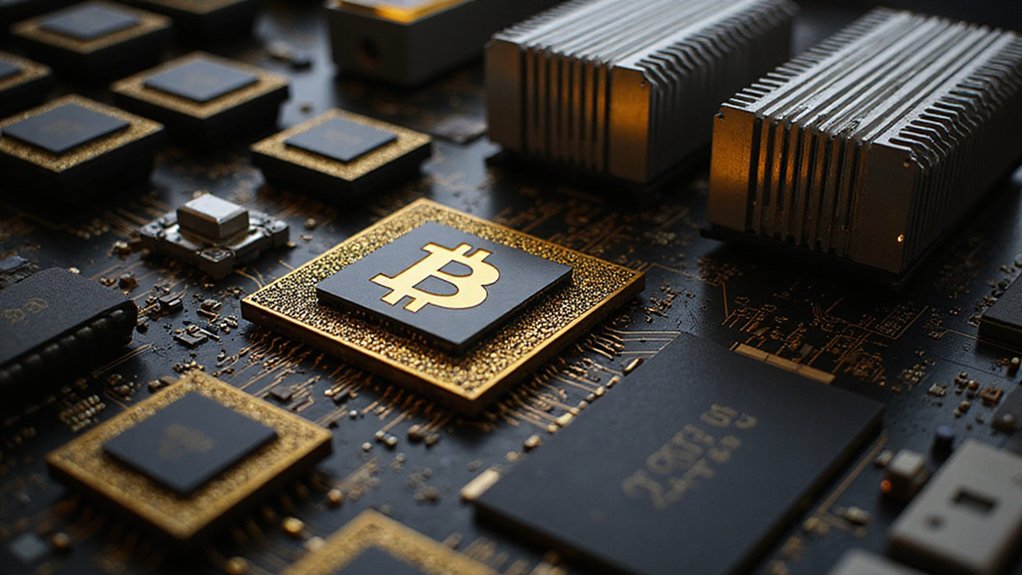While the cryptocurrency mining landscape has become increasingly dominated by established players wielding aging chip architectures, Block—Jack Dorsey’s financial services company—has quietly engineered what may prove to be a consequential disruption with its new 3-nanometer ASIC mining chip.
The Proto team’s silicon represents a fascinating departure from the industry’s typical approach, delivering approximately 15 exahashes per second in total hashing power through what Block characterizes as one of the largest bitcoin mining ASIC supply agreements by hashrate. Rather than pursuing the conventional path of maximizing raw computational power, Block has prioritized modular design—a decision that suggests either remarkable foresight or an expensive miscalculation regarding infrastructure flexibility.
Core Scientific, the North American mining behemoth, serves as Block’s launch partner in this venture. The collaboration ostensibly supports mining hardware decentralization (a noble goal that conveniently aligns with profitable market expansion), while allowing Core Scientific to optimize space and resource utilization within its data centers.
The partnership includes provisions for future large-volume chip deliveries, indicating both companies anticipate sustained demand despite bitcoin’s notorious volatility. The collaboration with ePIC Blockchain Technologies enables co-design of the modular platform architecture, bringing specialized expertise to the hardware development process.
Block’s SHA-256 mining chip leverages cutting-edge 3-nanometer semiconductor manufacturing, which theoretically provides superior power efficiency compared to older nodes—a critical advantage given energy costs represent mining operations’ primary expense. The modular platform design promotes reuse of non-ASIC hardware components, reducing environmental impact while presumably lowering operational complexity for miners who lack sophisticated technical infrastructure.
The timing proves intriguing, as Block enters a market where Intel’s Bonanza Mine chips already operate at over 1.35 GHz with power efficiency of 54-60 J/THash. However, Block’s approach emphasizes open infrastructure solutions versus Intel’s more proprietary offerings—a philosophical distinction that may prove economically significant. Intel’s system architecture utilizes 258 mining engines per chip for SHA256 double hashes, demonstrating the technical complexity required for competitive mining performance.
Starting mid-2024, Block’s chip rollout could pressure established competitors like Bitmain to accelerate innovation in efficiency and system design. Whether this democratizes mining access for smaller operators or simply creates another consolidated player remains unclear. As Bitcoin mining difficulty continues to automatically adjust to maintain consistent block times, mining hardware efficiency becomes even more critical for operational profitability.
The semiconductor industry’s capital-intensive nature suggests that even well-intentioned disruption often reinforces existing power structures, though Block’s modular philosophy offers intriguing possibilities for infrastructure disaggregation.






